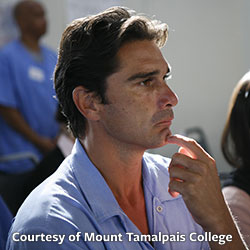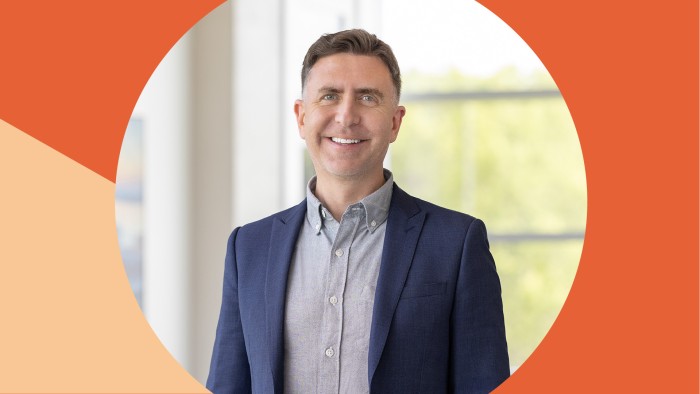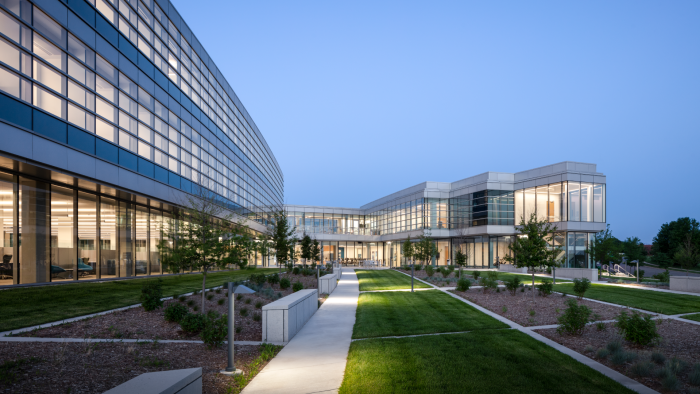
Reflections on Visiting Sing Sing, Plus Resources That Center Incarcerated Learners
 In September, three members of Ascendium’s Education Philanthropy team — Vice President – Education Philanthropy Amy Kerwin, Senior Program Officer Molly Lasagna and Program Officer Maryann Rainey — visited Sing Sing Correctional Facility. Perched on a riverbank in New York’s Hudson Valley, the maximum-security men’s prison is the only correctional facility in New York State to offer associate, bachelor’s and master’s degree programs. The team was there to learn about programming from Hudson Link for Higher Education in Prison, but it also had an invaluable opportunity to meet directly with Sing Sing’s students.
In September, three members of Ascendium’s Education Philanthropy team — Vice President – Education Philanthropy Amy Kerwin, Senior Program Officer Molly Lasagna and Program Officer Maryann Rainey — visited Sing Sing Correctional Facility. Perched on a riverbank in New York’s Hudson Valley, the maximum-security men’s prison is the only correctional facility in New York State to offer associate, bachelor’s and master’s degree programs. The team was there to learn about programming from Hudson Link for Higher Education in Prison, but it also had an invaluable opportunity to meet directly with Sing Sing’s students.
Maryann experienced a moment of connection when she walked into the facility’s computer lab and noticed a student was using SPSS — a statistical software she had used in graduate school. “Those who have never been inside a prison, met a current or formerly incarcerated person or been justice-impacted may have preconceived notions about who is in prison,” Maryann says. “It is physically and mentally distant from our everyday lives. Breaking down that distance and meeting these students humanizes the work that we do in this focus area.”
For all three team members, the experience drove home the urgency of the work they do to expand postsecondary education in prison on a daily basis. Specifically, it reinforced the need to develop a better understanding of incarcerated learners through data and research — much of which involves listening to the learners themselves.
In an effort to elevate these voices, here are three resources from the perspective of current or formerly incarcerated learners.
- In August, Open Campus reporter Charlotte West turned over part of her College Inside newsletter to a pair of incarcerated writers (and one incarcerated artist), who shared tips for educators working in prisons for the first time.
“It’s wrong to walk into prison and think that terms like equity, fairness, and anti-discrimination are going to mean the same thing here that they do outside. Prison educators need to identify more closely with Harriet Tubman than John Harvard. You need to read the words of Michelle Alexander and look for modern day underground railroads.” (Source: Open Campus)
- In an essay for the Prison Journalism Project, incarcerated learner Jacob Lee Davis details his busy daily schedule, which includes working toward a bachelor’s degree with Belmont University through the Tennessee Higher Education Initiative.
“From 3 to 5 p.m. on weekdays, I attend classes online in the education building. I am typing this article on the same computer where I will soon face a grueling final exam in business law. Outside of these windows of lab time, I also spend many hours a week studying and writing in my cell.” (Source: Prison Journalism Project)
- As part of Hudson Link’s Thinking Back & Looking Forward conversation series, two formerly incarcerated leaders from New York, Cheryl Wilkins and John Valverde, discuss their roles in reestablishing college programs in prisons after the 1994 ban on incarcerated people’s access to Pell Grants, which ends next year.
“That was the environment that the college program created: a safe and brave place for people to work out their trauma, begin to heal, and it just so happened the vehicle was education, and it could result in a college degree.” (Source: Hudson Link)


